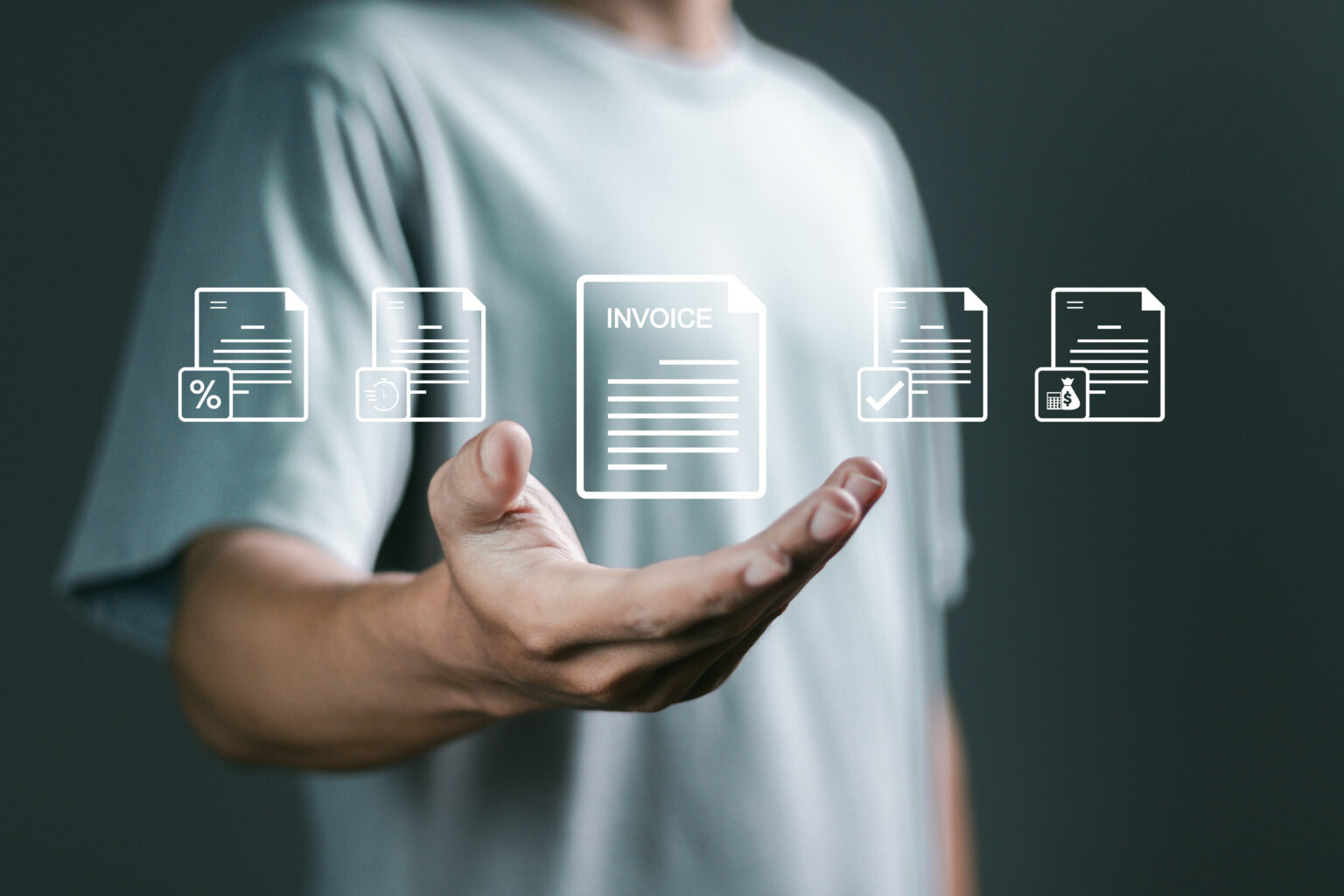The Role of E-Invoicing in Supply Chain Efficiency

December 9, 2024
Supply chain efficiency is essential for reducing costs, improving cash flow, and ensuring smooth operations. E-invoice automation streamlines invoicing processes by eliminating manual errors, speeding up approvals, and enhancing supply chain payment processing. By automating the e-invoice process, businesses can reduce delays, improve financial accuracy, and strengthen supplier relationships.
This guide explores how e-invoice automation tools enhance supply chain efficiency, optimise payment processing, and improve collaboration between trading partners.
If you’re new to e-invoicing, start with our Beginner’s Guide to Electronic Invoicing for a foundational understanding of digital invoicing.
How E-Invoice Automation Improves Supply Chain Efficiency
Traditional invoicing methods often create inefficiencies, leading to delayed payments, manual errors, and cash flow bottlenecks.
E-invoice automation eliminates these challenges by ensuring real-time data exchange, automated validation, and seamless integration with accounting and ERP systems.
1. Enhancing Data Accuracy with E-Invoice Automation
Accurate data is critical for supply chain management, as incorrect invoices can cause payment disputes, delivery issues, and compliance risks. E-invoice automation tools eliminate human errors by automating data validation, reducing mismatched invoices, and improving record-keeping.
3 Benefits of E-Invoice Accuracy:
- Prevents errors in invoicing, reducing disputes and rework.
- Provides real-time invoice tracking for suppliers and buyers.
- Supports better financial planning with accurate, up-to-date records.
2. Reducing Processing Times and Accelerating Payments
Manual invoicing processes involve lengthy approval cycles, leading to payment delays and supply chain disruptions. Automated e-invoice processing speeds up transactions by reducing approval times, ensuring timely payments, and optimising supply chain payment processing.
How E-Invoicing Speeds Up Payment Processing:
- Automates invoice approvals to eliminate delays.
- Reduces the order-to-payment cycle, improving cash flow.
- Ensures suppliers receive payments faster, strengthening business relationships.
To explore more about digital payment processing, check out How E-Invoicing Reduces Fraud and Enhances Security.
3. Strengthening Collaboration Between Buyers and Suppliers
Strong trading partner relationships are key to maintaining a resilient supply chain. E-invoicing automation ensures better visibility, trust, and communication between businesses by providing real-time updates on invoice statuses and payments.
Ways E-Invoicing Improves Collaboration:
- Increases transparency with instant invoice tracking.
- Reduces misunderstandings by using standardised invoice formats.
- Builds supplier trust through faster, error-free transactions.
For businesses integrating invoicing into broader ERP workflows, read our article about integrating E-Invoicing with ERP Systems.
E-Invoicing vs. EDI: Which Is Best for Supply Chain Transactions?
Both e-invoicing and EDI automate invoice exchange, but they differ in their approach. E-invoicing follows standardised tax and legal regulations, while EDI (Electronic Data Interchange) is a broader structured data exchange system used across industries.
| Feature | E-Invoicing | EDI Invoicing |
|---|---|---|
| Primary Use | Tax-compliant invoice exchange | Structured B2B transactions |
| Integration | Works with accounting & ERP | Requires EDI integration |
| Flexibility | Suitable for SMEs & enterprises | More complex implementation |
| Compliance | Government-mandated formats | Custom data exchange formats |
Businesses that need strict tax compliance and real-time invoice tracking benefit from e-invoicing, while those managing high-volume B2B transactions may require EDI integration for invoicing.
If you want to learn more about the differences, check out our beginner’s guide to EDI.
4 Benefits of E-Invoicing for Supply Chain Efficiency
| Benefit | Description |
| Improved Accuracy | Reduces errors with automated validation. |
| Faster Processing | Speeds up invoice delivery and approvals. |
| Cost Savings | Lowers costs by eliminating paper invoices. |
| Better Collaboration | Strengthens supplier relationships with transparency. |
Frequently Asked Questions About E-Invoicing in the Supply Chain
Businesses looking to adopt e-invoice automation tools often have questions about compliance, efficiency, and integration. Here are some common queries:
How does e-invoicing improve supply chain efficiency?
E-invoicing automates invoice approvals, reduces processing times, and enhances supplier collaboration, leading to faster payments and fewer disputes.
Can e-invoicing help with just-in-time inventory?
Yes, e-invoicing provides real-time transaction data, allowing businesses to align invoices with inventory levels and ensure smooth supply chain operations.
What is the difference between e-invoicing and EDI invoicing?
E-invoicing follows government-compliant tax formats, while EDI invoicing is a broader structured data exchange system used for B2B transactions.
Optimising Supply Chain Invoicing with E-Invoice Automation
E-invoicing transforms supply chain management by improving data accuracy, reducing processing times, and enhancing financial transparency. Companies that invest in e-invoice process automation tools benefit from faster payments, stronger supplier relationships, and better cash flow management.
Looking to streamline your invoicing process? Book a free demo to see how our e-invoicing automation solutions can optimise your supply chain operations.
Share this post:
Categories
Stay ahead of the competition
Get expert supply chain insights delivered directly to your inbox weekly.